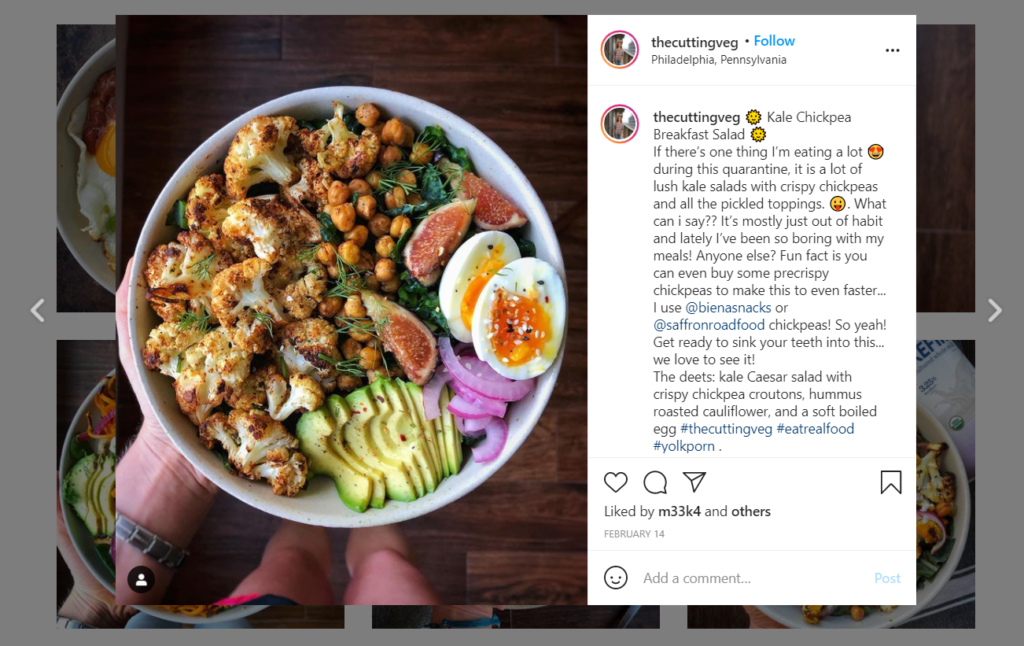2021 Influencer Trends: What We’re Seeing & What To Expect
Influencer marketing is a big deal right now and it’s only going to get bigger — but what does 2021 have in store for the online celeb?
Our digital-first world has elevated the online celebrity and fueled the power of influencers across all areas of life — fashion, wellness, entertainment, and even politics — and turning the heads of many brands struggling to establish an impactful marketing strategy.
But why are influencers such a big deal? In a nutshell, because consumers are hungry for greater authenticity and one-way communication strategies like traditional ads are often met with scepticism.
Influencers, on the other hand, are real people who you can engage with, something corporate brands cannot match-up to (no matter how funny and relatable they try to be).
Business Insider reports influencer marketing is expected to reach $15 billion (around £10.6 billion) by 2022. In this article, we explore the following trends we expect could help it reach this astronomical figure in the coming year.
Read on as we explore the growing power of online influencers and discover how you can adapt to the ever-changing landscape of social media.
Watch out for the micro-influencer revolution
Who do you see when picturing an online influencer? PewDiepPie topping 100 million subscribers on YouTube, or maybe Molly-Mae Hague signing a six-figure deal with PrettyLittleThing?
We often make the mistake of thinking about influencers on a purely macro-level. But this isn’t always the case. More and more people are recognising the impact that micro- (or nano-) influencers have on their small, yet highly engaged audience.

Image: Instagram
By micro-influencers, we mean an individual with 1000-100,000 followers, generally considered to be an industry expert in their given field. These are people who connect most intimately with their audience and boast engagement rates around 60% higher than more popular users.
Considering engagement rates across the largest social platforms are declining, it’s no wonder influencers who head the table of a close-knit community are hot property for businesses right now, especially on Instagram where new selling features show the platform is attempting a shift into ecommerce.
As brands give more attention to micro-influencers, they’ll soon find they can stretch their marketing budget and success by working alongside accounts that offer a deeper connection to their audience — and hold greater sway over buying decisions.
Video content will continue to rise in popularity
Video content is king — no big surprises there, right? After all, over the last decade or so YouTube has become the world’s second-largest search engine by indexing videos alone.
Influencers watch and create videos online because they are:
- Engaging
- Sharable
- Attention-grabbing
But in 2021, video is evolving and we’re going to consume and develop more video content than ever before. TikTok has already made its mark in a big way, alongside many other platforms ready to let their video features run wild:
- IGTV
- Instagram Reel
- Facebook video
We’re already seeing many major influencers syndicating long-form video content and cutting up highlights to share across multiple platforms. Not only is video entertaining, but it’s also a functional avenue influencers and brands can use to leverage their viewership.
Selling via video, for example, is also a rich ground for influencer marketing, with features like Instagram Stories adding a swipe-up function so accounts can send followers directly to the brand in question.
Keep an eye out for new platforms in a post-TikTok world
The big three — Facebook, Instagram, and Twitter — are not the only social media platforms worth investing your time in anymore. If the rise of TikTok dance trends proves anything, it’s that there is always room for a new renegade platform to take the world by storm.

Images: charlidamelio
While TikTok is the standout social media platform of 2020, this Vine/Musically-inspired phenomena isn’t the only new social app starting this year in a strong position:
- Stereo: the premier live social platform enables you to have real conversations in real-time with celebrities, musicians, artists, politicians and educators, which allows for a more down-to-earth approach when connecting with followers.
- Clubhouse: created by Paul Davison and former Google employee Rohan Seth, Clubhouse is an exclusive audio-based app allowing you to join live conversations, almost like a house party.
When TikTok first exploded onto the scene, influencers came along for the ride, collecting followers and partnering with brands at a rate few had seen before.
And although we have no doubt TikTok’s stardom will continue throughout 2021, we’re already seeing similar trends when it comes to Stereo and Clubhouse, with plenty of hype around Stereo and the latter discussed at great length by various big names, including on The Ringer Podcast by sports guru Bill Simmons.
Keep an eye out for fresh and experimental social media platforms. Though it’s hard to predict exactly what the future holds in terms of new platforms and mediums, TikTok has broken the glass ceiling and people are always eager to get to grips with new types of influencer-led online content.
Whether it’s videos evolving into a selling powerhouse, a micro-influencer revolution, or a new social media platform causing pandemonium there are plenty of exciting influencer trends making themselves known in 2021. Watch out and see if these predictions ring true in the year to come.
